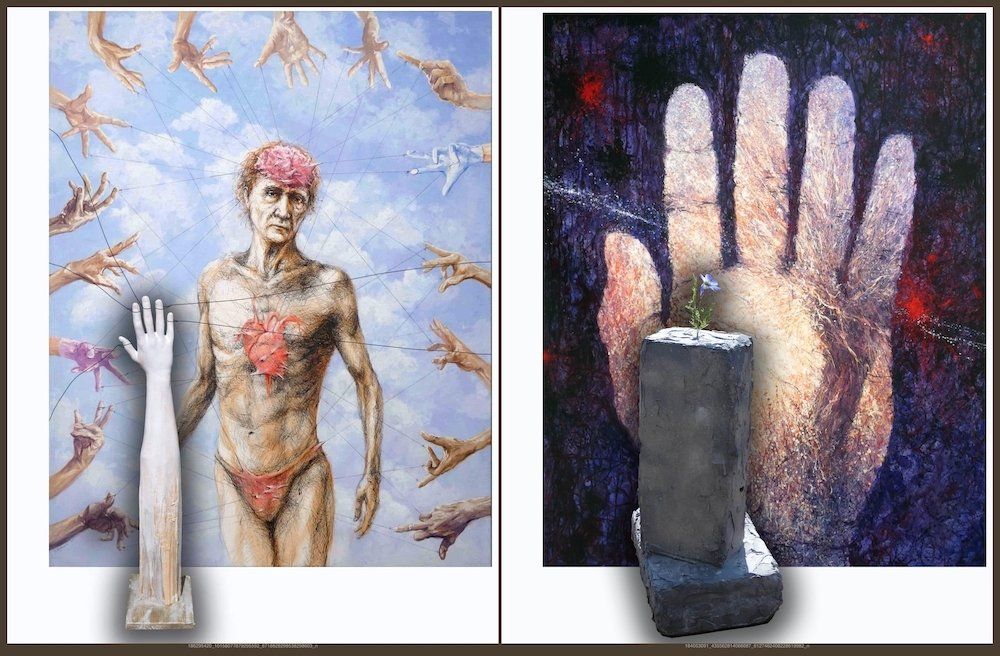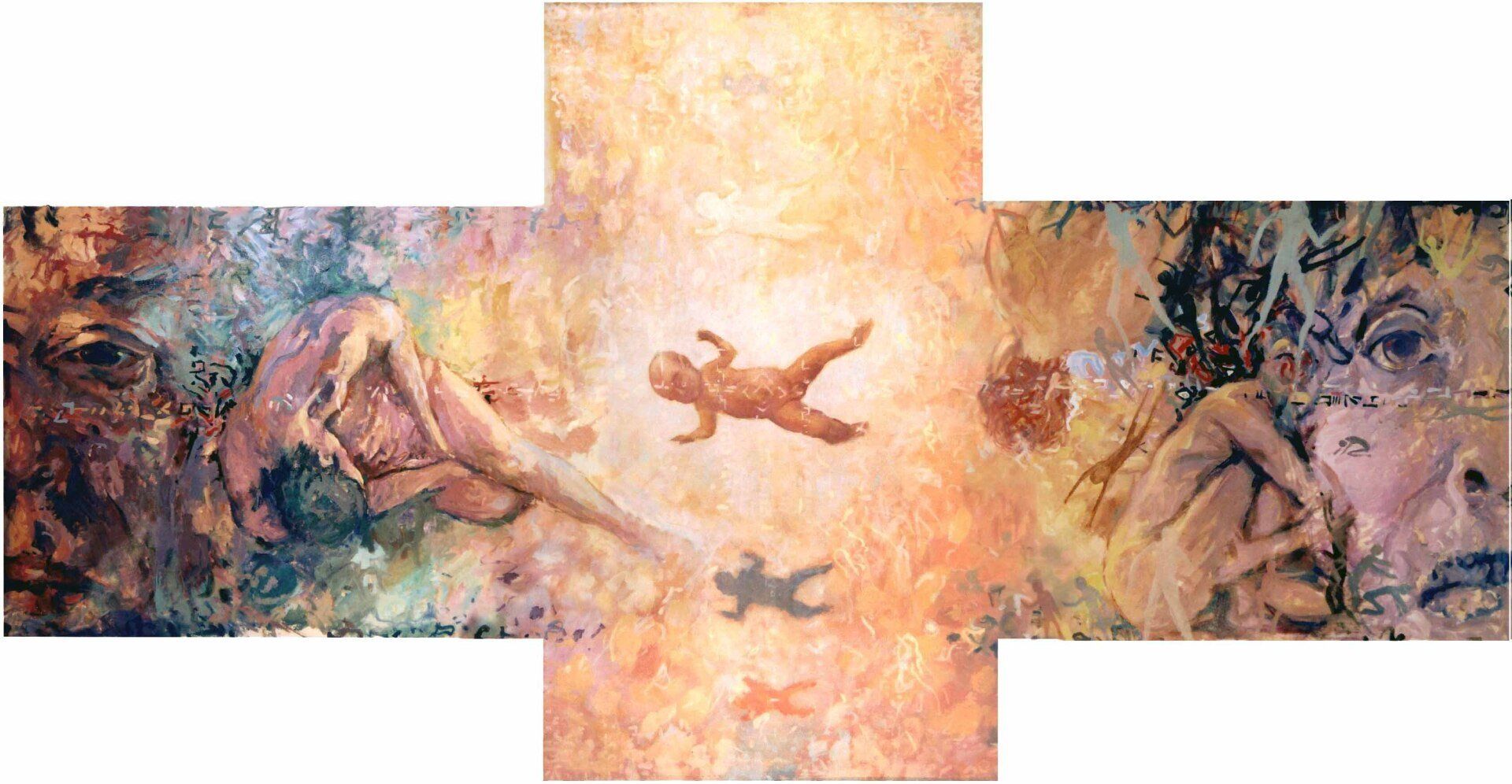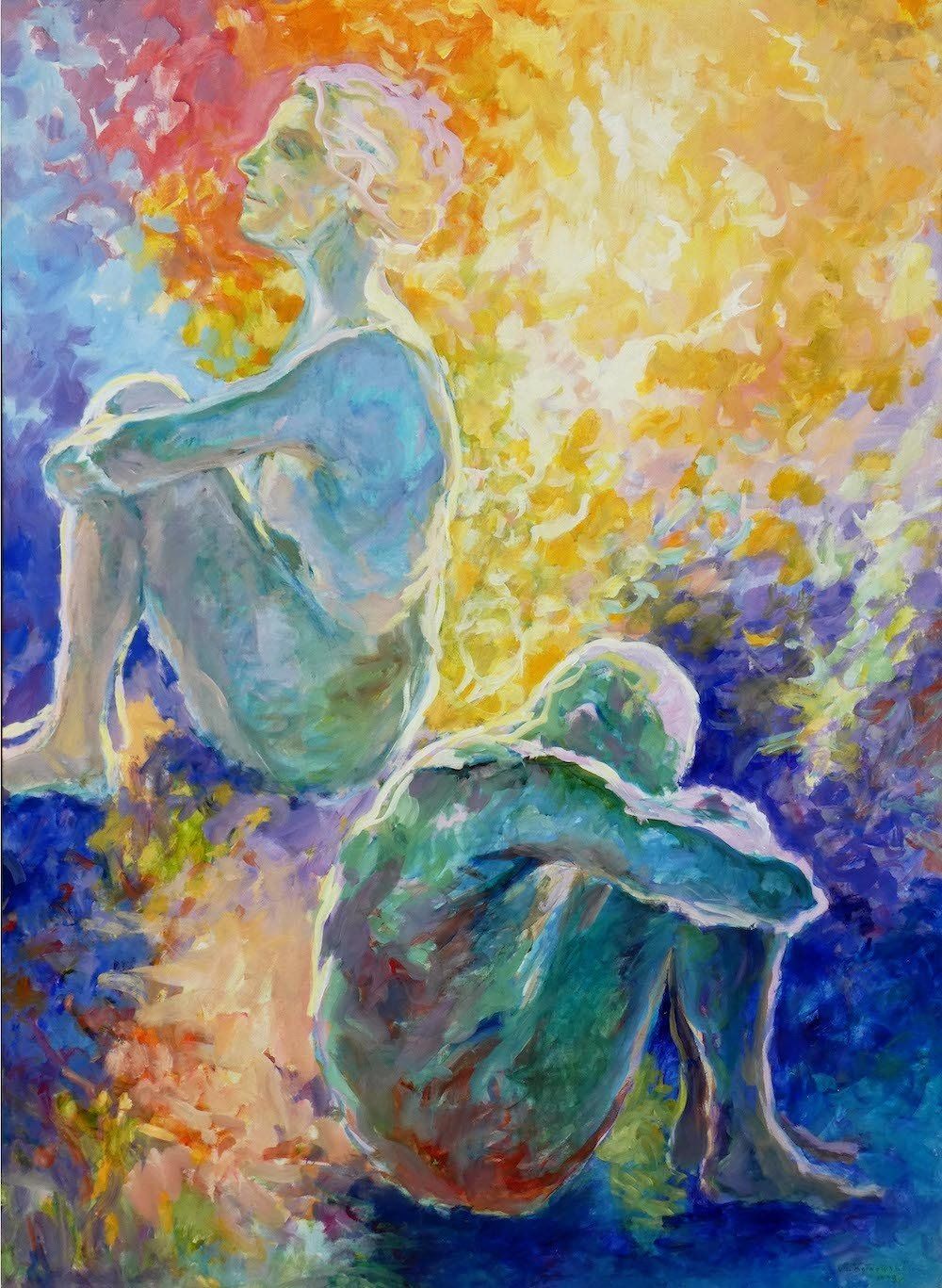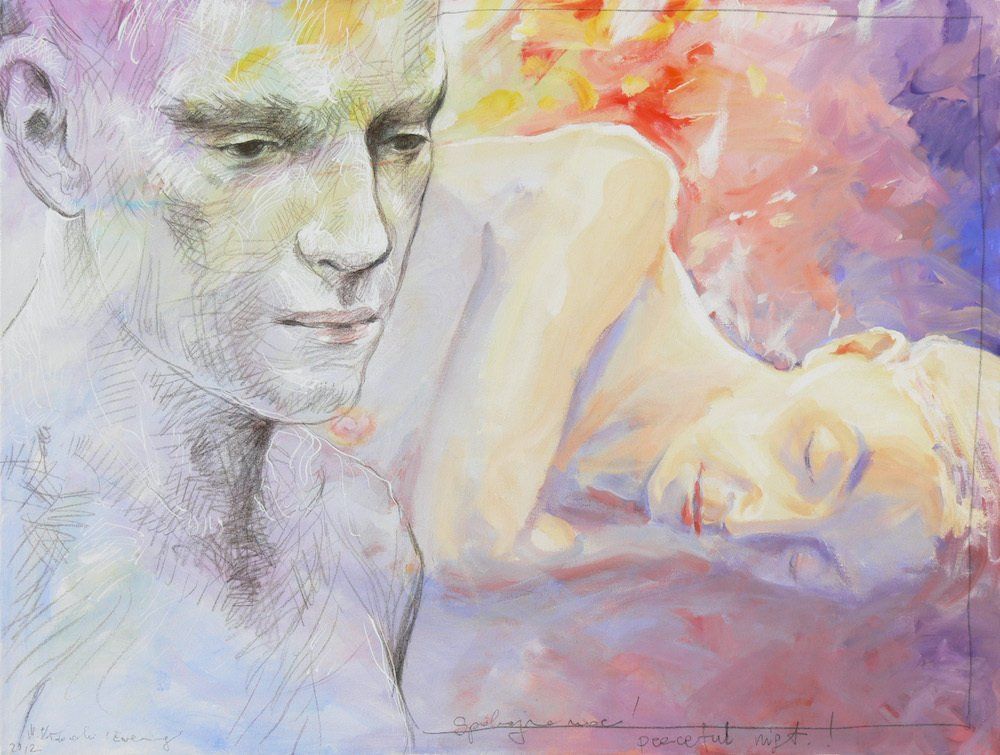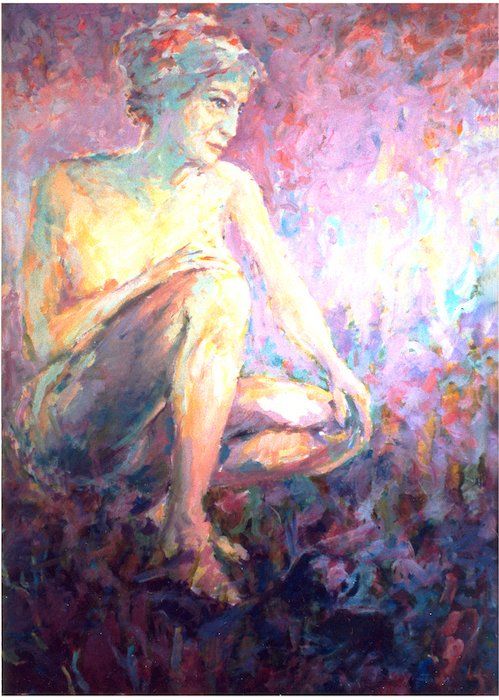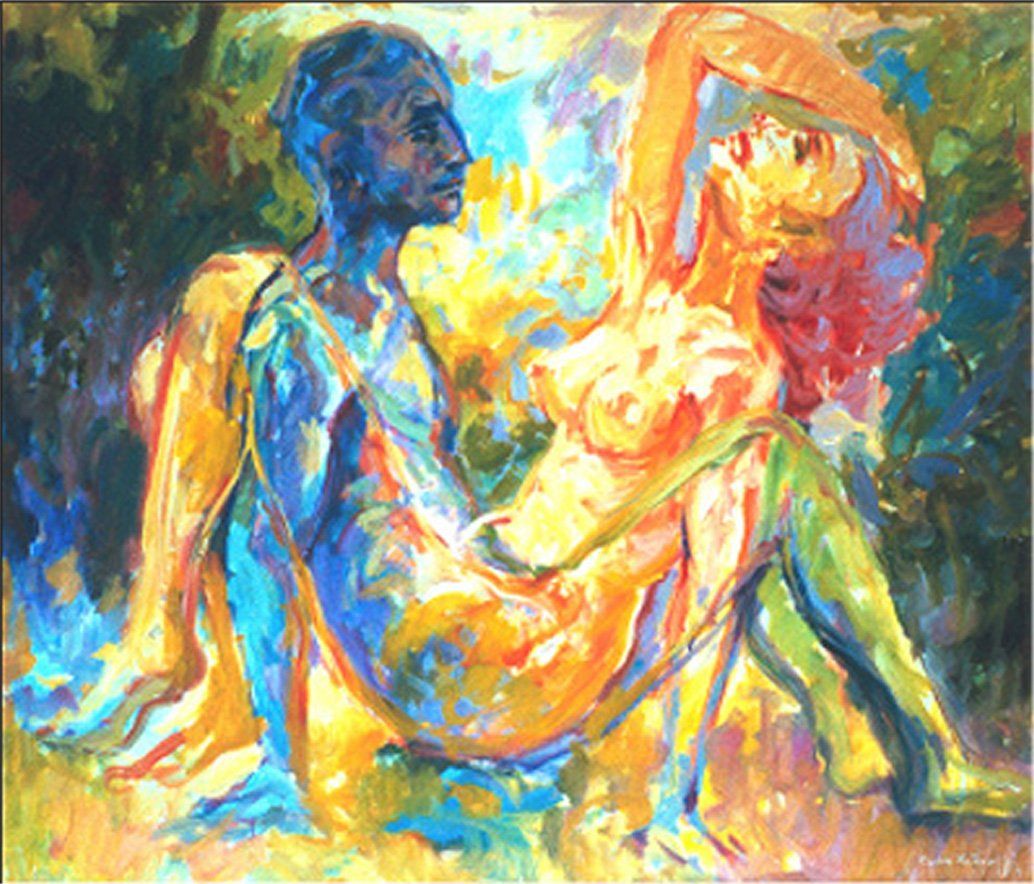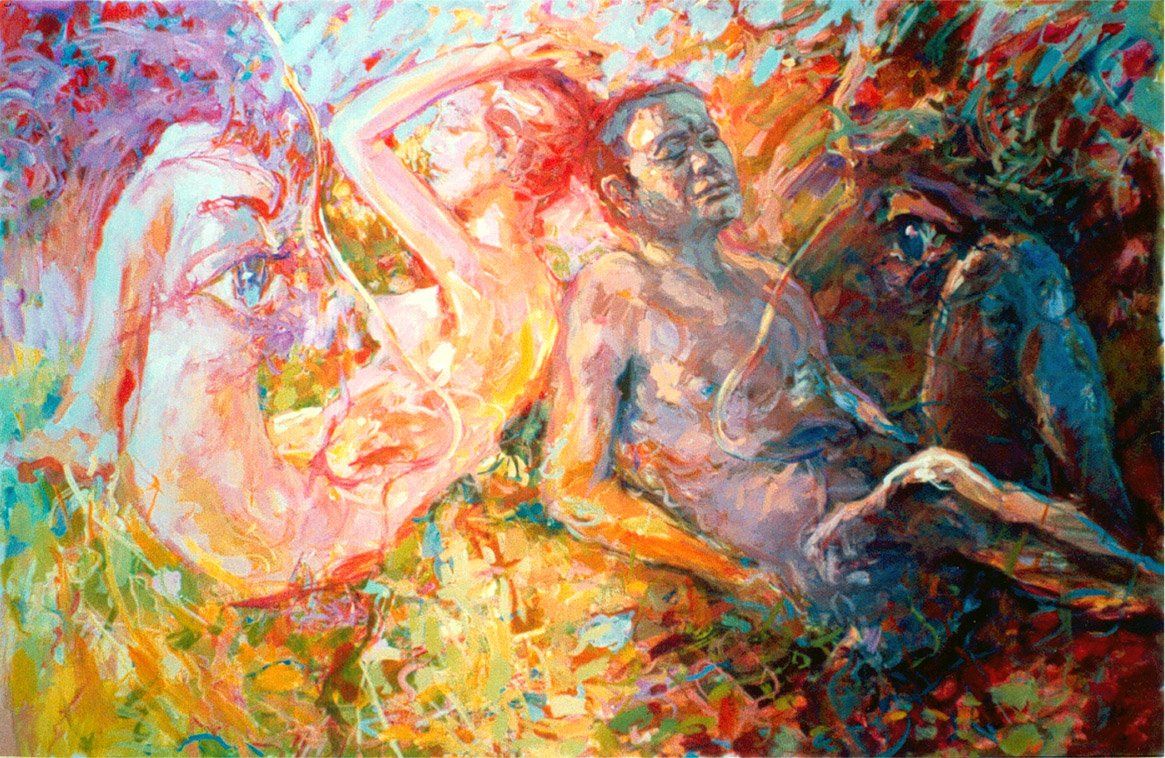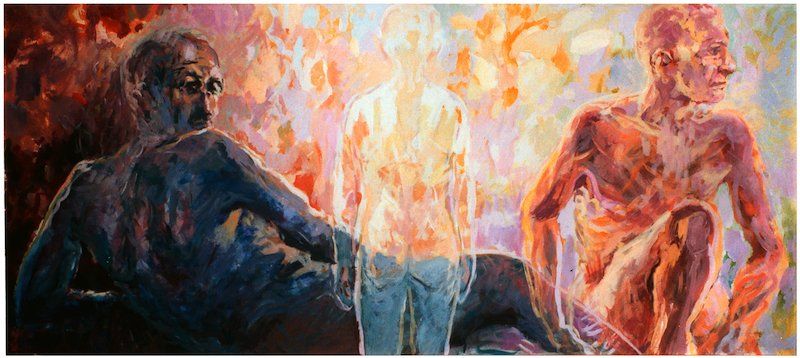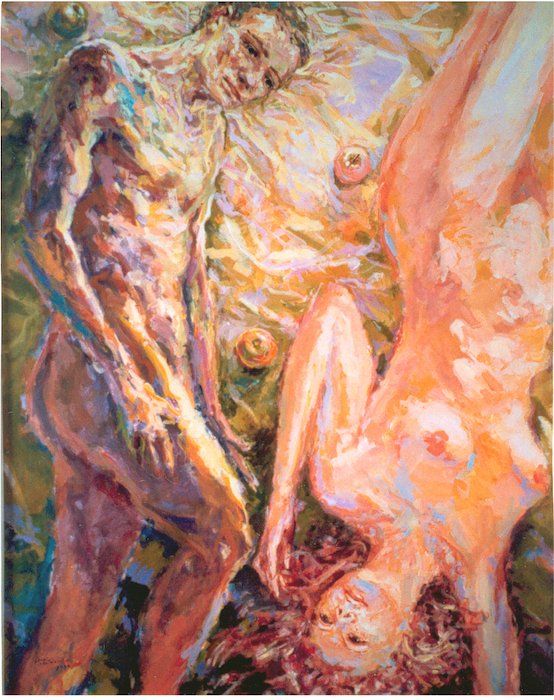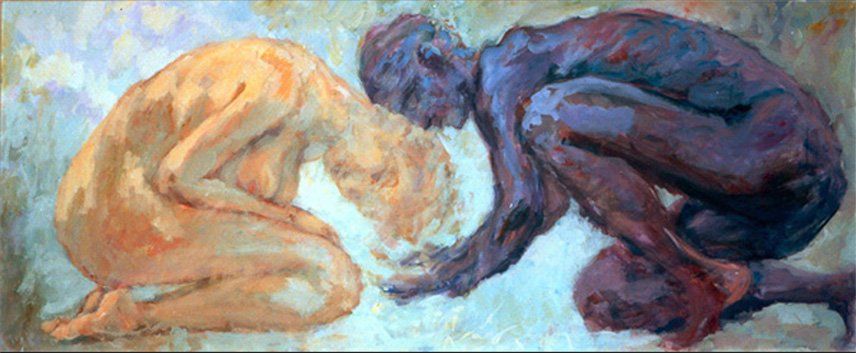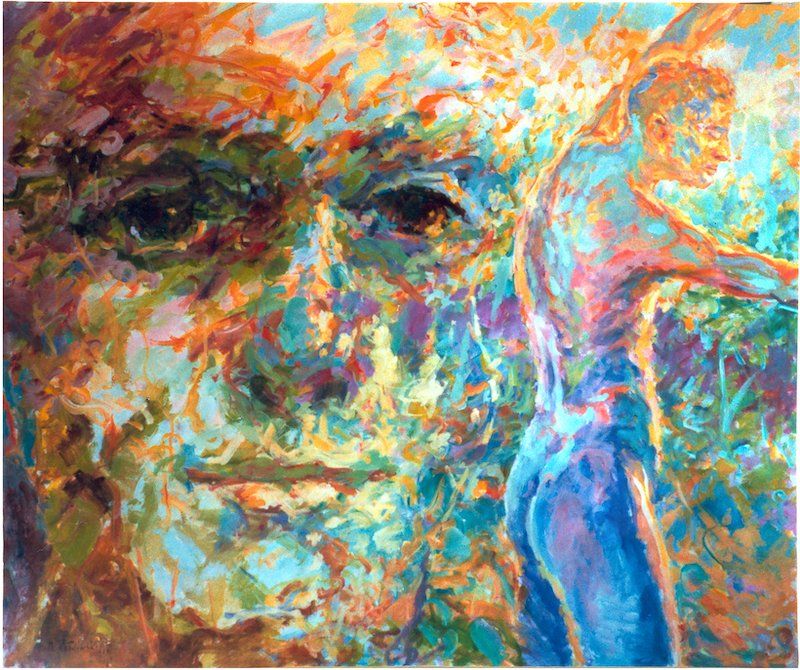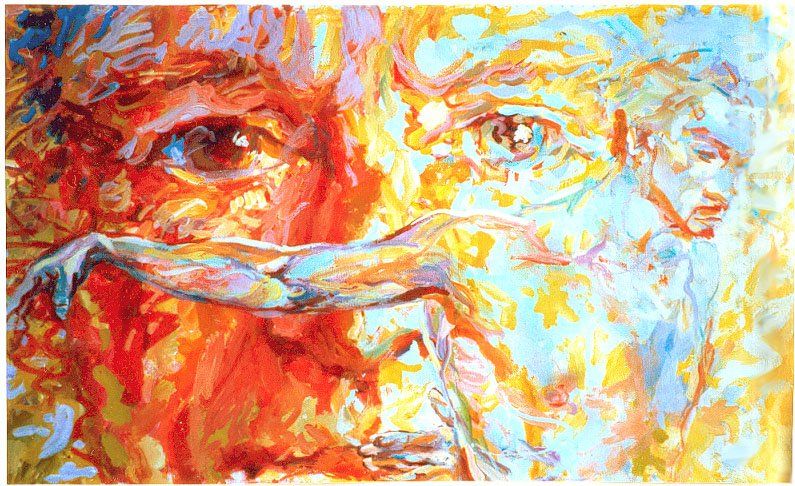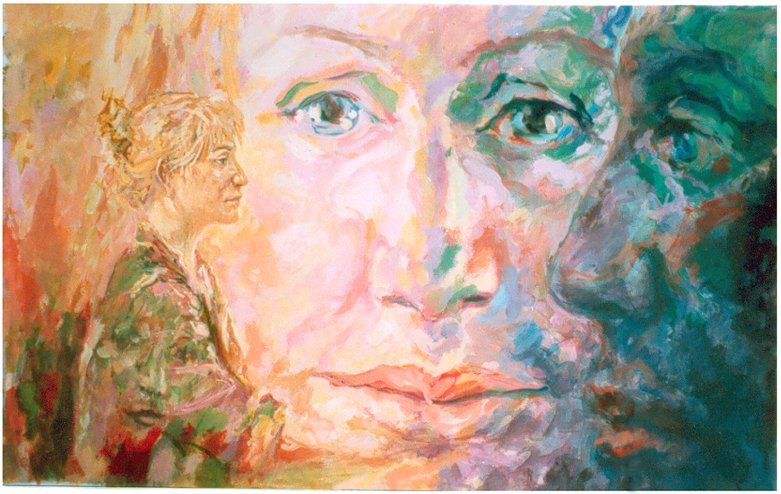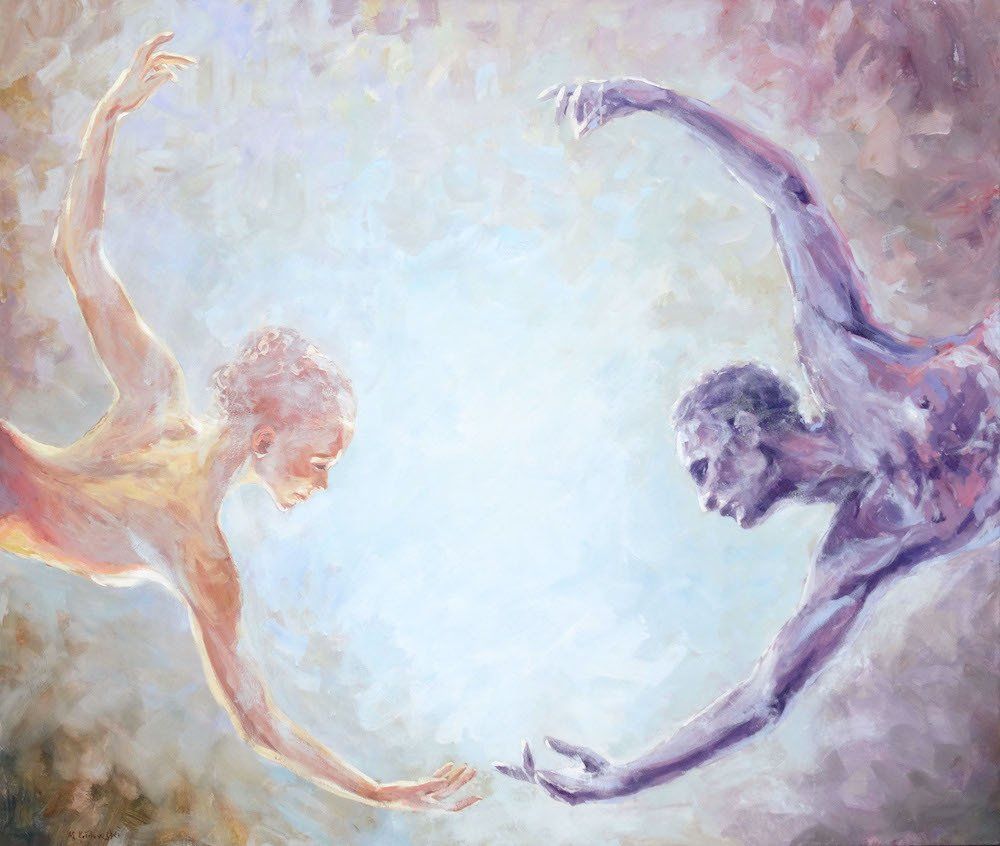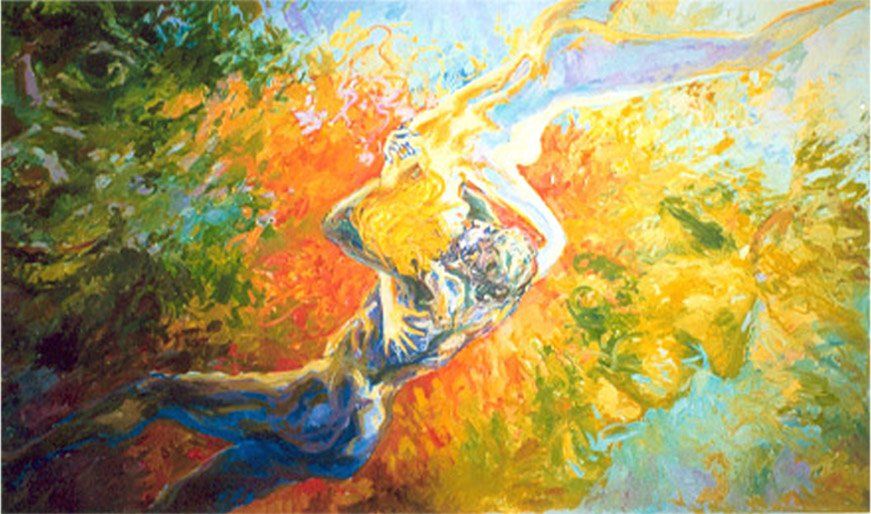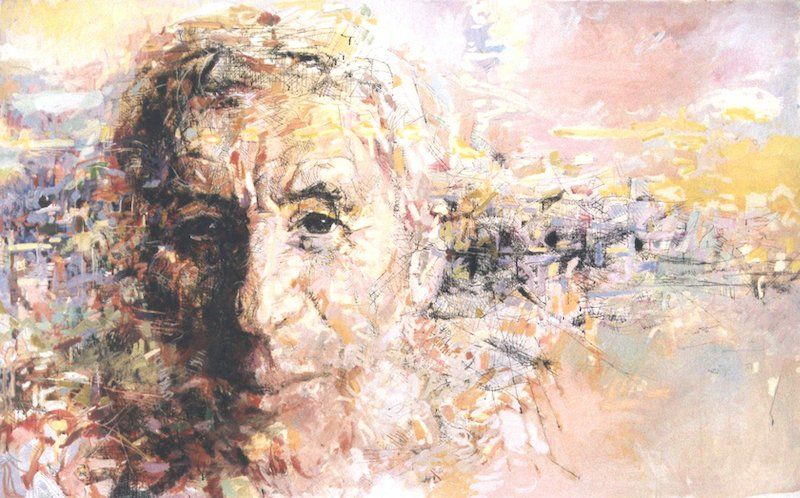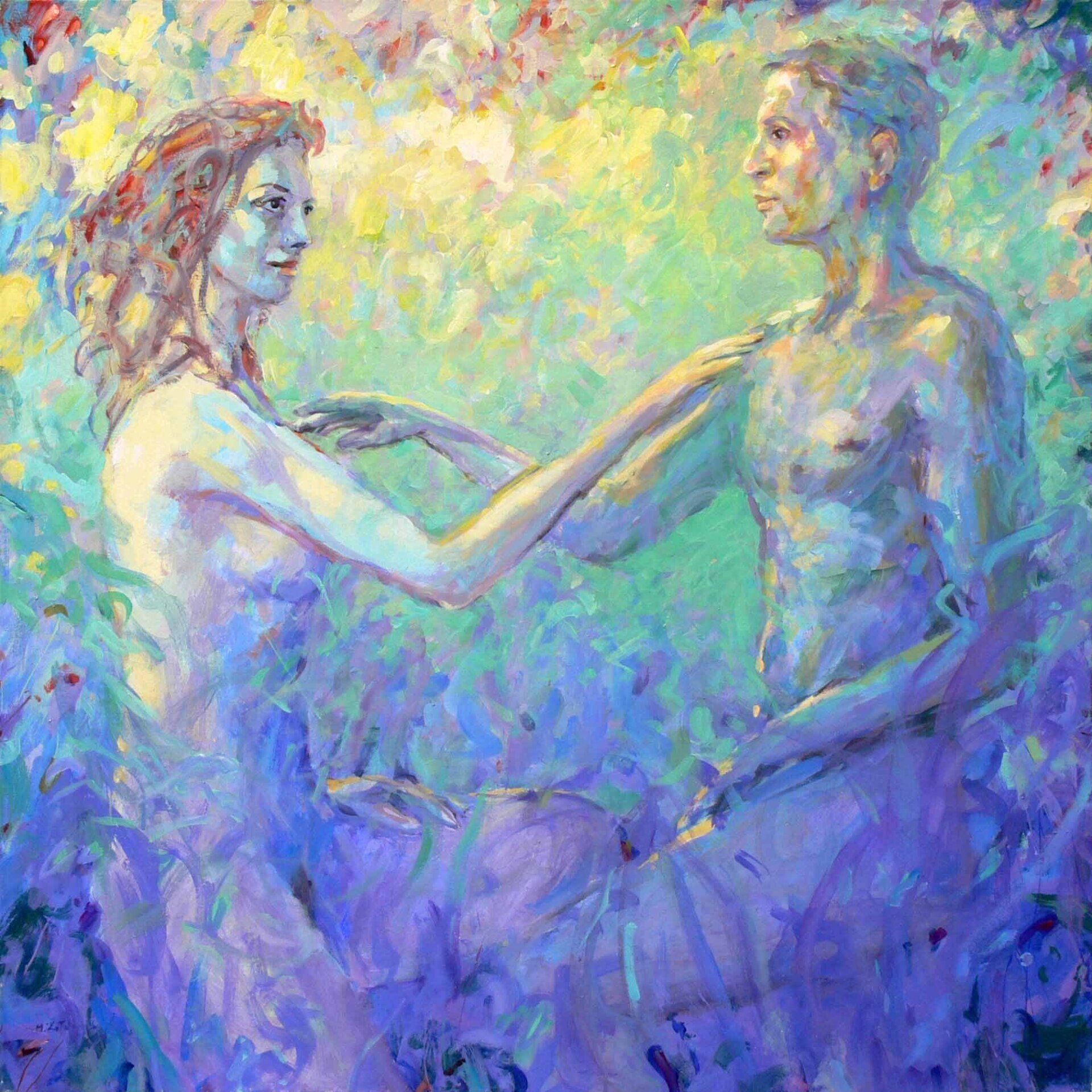MARIUSZ KALDOWSKI Compositions
please enquire for availability and commissions
-
Button
The Life
-
Button
In the Web
acrylik and ink on canvas 200 x 160cm
artwork created for the Quo Vadis project
(reserved)
-
Button
Creators
acrylic on canvas 200 x 160cm
artwork created for the Quo Vadis project
(available - please enquire)
-
Button
In the Web & Creators with their instalations
-
Button
Cross
acrylic on canvas 153 x 295cm
available (please enquire)
-
Button
Cross & the artist
-
Button
Dusk
acrylic on canvas 153 x 112cm
available (please enquire)
-
Button
Midnight Desires
-
Button
Woman Created & the artist
-
Button
Peaceful Night
-
Button
Maturity
-
Button
Adam
-
Button
Morning
-
Button
Togerher
-
Button
See You Tomorrow
-
Button
Maturation
-
Button
Apples
-
Button
Together 2
acrylic on canvas 65 x 156cm (framed 78 x 170)
available (please enquire)
-
Button
Into the Light 2
SOLD
-
Button
Dreams
-
Button
Into the Light
SOLD
-
Button
Beginning
-
Button
In Between 2
acrylic on canvas 70 x 140cm
available (please enquire)
-
Button
In Between 3
SOLD
-
Button
In Between 1
acrylic on canvas 101 x 126cm
available (please enquire)
Triptych
-
Button
Karma
acrylic on canvas 155 x 270cm
available (please enquire)
-
Button
Ecstasy
acrylic on canvas 155 x 270cm
available (please enquire)
-
Button
ks. prof. Josef Tischner
(Harmony - part of Triptych)
acrylic & pen & ink on canvas 155 x 270cm
temporary exhibition at the Academy of Theater Arts PWST in Krakow
First Love
Gardens are like people
Man and woman created. They live in separate worlds but, according to the Idea, their worlds require completion. In the Bible: bone from my bones, flesh from my flesh. They strive for unity, they constitute a gift and a mystery for one another. Coming from the Garden of Happiness they carry in themselves its memory and its imprint, its platonic idea, which they continuously reproduce in order to create an earthly paradise.
They resemble gardens. Closed in the form and space imposed on them, hospitable towards strangers visiting their world - frequently for a longer period of time - and yet incapable of understanding their distinct natures thoroughly. Very often defenceless against a brutal interference from the outside. Affected by the changes of time - the four seasons: the freshness of a spring birth, the colourful summer of growing up, the fruiting autumn of maturity, and winter – freezing the vital powers, nonetheless soothing and easing the pain. They exist thanks to the Light. They head towards it. The paths on their faces acquire direction, the spaces of their memories become overgrown, the pools of their eyes gain depth, and the branches of their bodies become united. . .
Kaldowski’s artistic technique resembles the one used by the impressionists. It is so delicate, full of light, air, and colour that it easily reveals to the viewer the mystery of man. The mystery of femininity and masculinity, so distant from each other, even hostile and strange to one another, and still, due to their complementary natures, so close.
Symbolic, disquieting, beautiful, and intriguing.
Opposite the entrance to the exhibition we can see its logo – “ The Cross”, a unique representation of human life and, at the same time, the crossing of the feminine and masculine natures. At the very centre - a rose – the artistic symbol of love, also denoting suffering and sacrifice. The beauty and fragility of petals, the pain of thorns protecting from destruction. Its round form brings to mind the Chinese sign of I Ching symbolising an infinite penetration and mutual completion of seeming opposites, such as darkness and light or femininity and masculinity.
The rhythm of the triads of this unusual altar depicts the sacrum related to the passage of time and human existence.
The vertical dimension of the cross presents her and him: delicate contours, spiritual portraits, their bodies entirely oriented towards something which exceeds their desires.
The horizontal dimension stands for the earthly part of man’s story. To the left, a man. Active, strong, ready to make decisions, lying in wait to jump as if a sudden flame – this is his first young silhouette. In the pose of an embryo, turned away from the outside world, focused and concentrated on himself just like Rodin’s “The Thinker” – this is his second phase – mature and reflective. He appears only as a fragment of a person he is – the profile and landscape of the face reveal experience he has been through in life. Dark and dynamic, he constitutes the male part of Nature and the male part of the Chinese sign. Before him: fire, ash, devastation that can be a menace if not completed with the soft and wise power of femininity. He awaits the one who will put an end to his eternal seclusion. This is exactly what happens in the following stage in the form of a rose uniting the two dimensions, resembling the one in the surrealistic painting by René Magritte. It happens in a garden just like in “Heaven” - a beautiful film based on the script written by Krzysztof Kieslowski where he and she meet to create the fullness under the tree of Eden filled with both holiness and sin.
To the right, a woman. Immersed in light just like one of the blessed depicted in a medieval triptych. At first she is silent. Looking into the glow she trustfully awaits her youth. Opened to the world, she embodies the bright side of Nature. Next, she is carefully focused on others – this is the maturity bringing a new life. Eventually her portrait: open, written down with the most beautiful writing of passing, yet good moments, the tabula rasa of her face.
He and she. In the rain of roses which fell on the saints in the Apocrypha. Inscribed in the cross and in the circle of time. Inscribed in love and suffering. Inscribed in a moment and infinity.
In the painting “Together” he and she with each other, yet separated. Her face is directed towards the world and light, open and bright, while he is closed and concentrated on himself like a child. Nonetheless, together they form a strange fullness of light and darkness. They are separate, but they need one another. Like in the painting “The first touch” they overcome strangeness and become close.
It seems that Kaldowski is more fascinated with the feminine side of the world. Its mysterious subtlety makes it beautiful and almost sacred to him. In “Good morning, glare of the sun” and even more in “You are beautiful” time opens a woman just like the sun opens the petals of a delicate flower. The naïve curiosity of the world, the awaking and growing up filled with apprehension, sudden delight, and, finally, the beauty of being conscious of oneself. In one of Kaldowski’s oil portraits we see a female face with her awaiting silhouette sketched with a feather within the facial contours. In the painting “Towards the light” the male figure reaches out his hand in the manner of Michelangelo’s fresco depicting the Creation of Adam in the Sistine Chapel. In this way the painting becomes a portrait of a mature man with eyes full of depth, resembling the portrait of Tischner, the artist’s friend.
The return to the sources of creation and, through good and wise life, to the fullness of humanity. Faces – gardens of memory, blooming with affection, suffering, thoughts, sometimes overgrown with the weeds of stupidity and ignorance. The man and every moment of his life swelling with the anticipation of the unity with Love he was created from and for.
Rhododendrons, Holland and Regents Park, bridges in Hampstead bringing to mind the mood of Monet’s works. Portraits of flowers and trees - landscapes which, just like people, are distinctive due to their individual personalities and unique characters designed by their creators and shaped by the passing time.
Some of them – covered with human traces. Urban gardens with children playing football and owners of dogs sitting on benches. Cities look just like gardens with their streets full of colourful stalls and ice-cream shops.
Human paradises, the reflections of Eden, have their own beauty and their peculiar character. In Kaldowski’s paintings - urban scenes, miniatures of everyday life in a metropolis, emotional paintings of gardens, trees and flowers. Traditional techniques – oil paintings, watercolours, pastels, and drawings made with a feather create sunny and gentle spaces inviting the viewer to immerse in them completely.
Some believe that a place has its own memory and soul and that it can be either good or bad. Places are certainly either dark or white and who knows, perhaps even ‘feminine’ or ‘masculine’...
Gardens are like people. They undergo the changes inflicted by time, they are defenceless against destructive forces, they are beautiful and fragile, changing and constant, filled with the sacred and the profane. Flowers creating gardens resemble human beings – they are sensitive to atmosphere and care. They strive for light. They live due to Love.
M. Mazurek (GAZETA NIEDZIELNA” London 8th February 2004)






